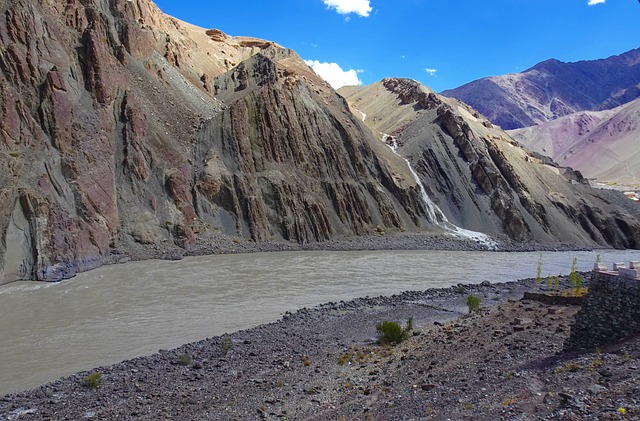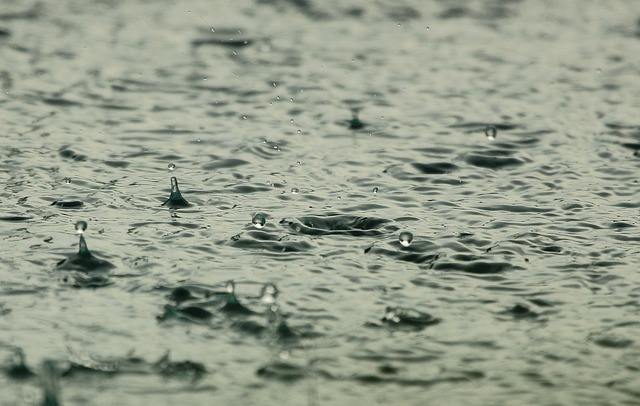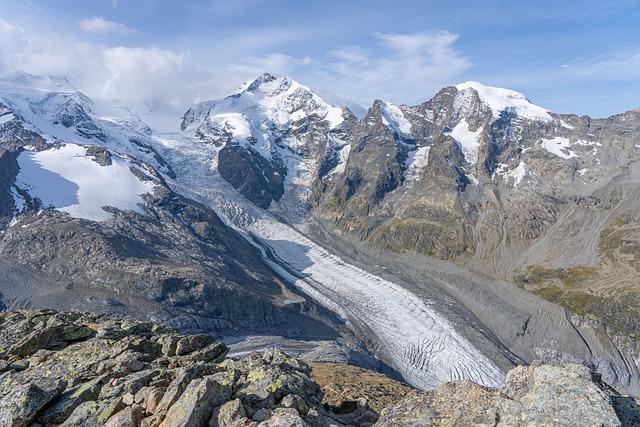If Indus were to speak, it would say, ‘I want to live again.’
– Sherry Rehman, Federal minister for climate change.
Living Indus is an umbrella initiative consisting of various existing and new projects to address the triple planetary crisis, including Climate change, Biodiversity, and Pollution. It aims at climate-resilient reconstruction, in and around River Indus.
What Indus Means For Pakistan?
The Indus River system can be safely called the lifeline of Pakistan’s agriculture. Indus irrigates more than 80% of Pakistan’s irrigable lands. The Indus system supports 90% of Pakistan’s total population. It contributes to more than three-quarters of the country’s economy, directly or indirectly. Moreover, Indus hosts 9/10 largest cities of Pakistan within its 50km vicinity
Threats To Indus
River Indus and the delta are under a triple planetary crisis i.e. Biodiversity, Pollution, and climate change.
Threat to biodiversity: Indus River dolphins are susceptible to habitat degradation and destruction, as reported by the World wildlife department. Indus River Dolphins are also included in the list of threatened species. Likewise, the shrinking size of palla fish hints at the loss of biodiversity. (Read:Biodiversity Loss – Causes, Effects, and Solutions)
Water pollution: River Indus is the world’s second most polluted river. It is the dumping site of industrial effluents that contaminate the water and threaten marine life. Plastic pollution is another major problem.
Climate change: GLOFs (Glacial lake outburst floods) are common in upper Indus along with glacial retreat resulting in freshwater shortage (for more info:Glacial Lake Outburst Floods in Pakistan- Causes and Effects). Saline water intrusion and coastal erosion are major climate change threats in the lower Indus.
Proposed Interventions
Living Indus project proposes 25 interventions which are listed as below:
- Nature-based resilience agriculture
- Salinity control in lower Indus
- Indus delta protection
- Indus cleanup from industrial effluent
- Green infrastructure and ground recharge
- Groundwater governance
- One lac community bonds
- Living Indus knowledge platform
- Indus trust fund, climate nature performance bonds
- Social entrepreneurship for green Indus
- Zero plastic waste cities along Indus
- The urban forest along Indus
- Indus protection act
- Protection of Indus beds
- Built back biodiversity in the Indus basin
- Community-based tourism in Sindh
- Indus heritage sites,
- Expanded GLOF II
- Promoting permaculture and others
Also read: Food Security and Climate Change in Pakistan
Salient Features Of Living Indus Initiative
Important features of Living Indus are as below:
- It encourages Community-led and community-centered initiatives.
- Adaptation is at the core of the Living Indus Initiative. The Ministry of Climate Change has advertised it as the biggest adaptation project to build climate change resilience.
- Center-provinces collaboration as provincial governments are taken on board as claimed by the minister of climate change.
Sustainable Development Goals Reinforced Under Living Indus Project
Living Indus Initiative reinforces following sustainable development goals.
- SDG 6. Clean Water and Sanitation
- SDG 13. Climate Action
- SDG 14. Life below water
- SDG 15. Life on Land
Also read: Climate Change Threatens Health and Livelihoods of Pakistanis
Funding: The Elephant In The Room
“The Living Indus Initiative is estimated to cost $11-17 billion. The plan so far is to utilize the available environmental fund facilities. Living Indus is also launched at COP-27 with the aim to secure funding. It remains to be seen whether Living Indus will live up to the expectations or suffocate owing to the dearth of funds like many other ambitious climate related projects.
You might also want to read: Climate Change and Its Impact on Pakistan
References:
This article is written by: Tooba S.
She is a Technical Content Writer with an interest in Environment and Sustainable development.
We hope you liked this post! Please comment below if you have any suggestions, comments or feedback! We at #envpk love hearing from readers! Thanks.




